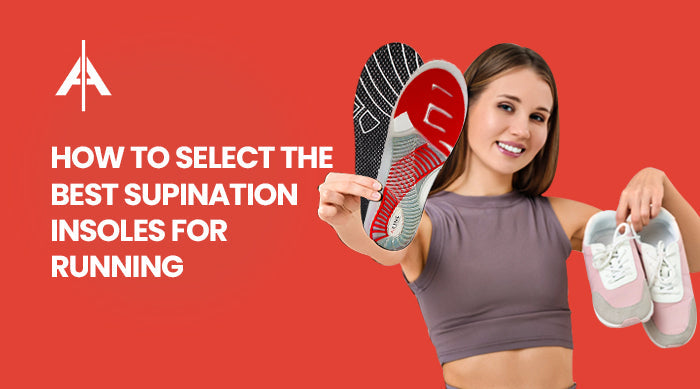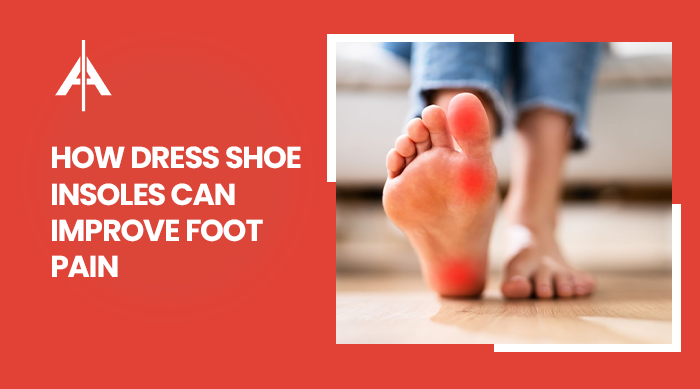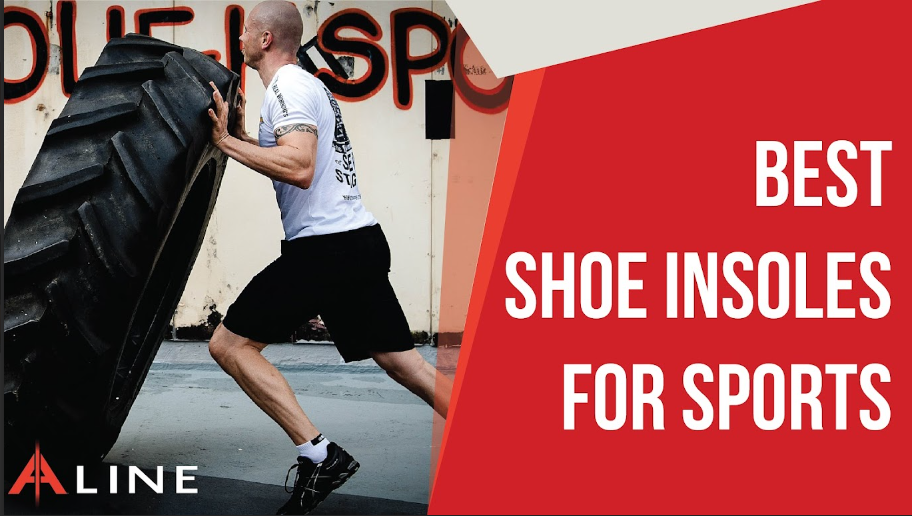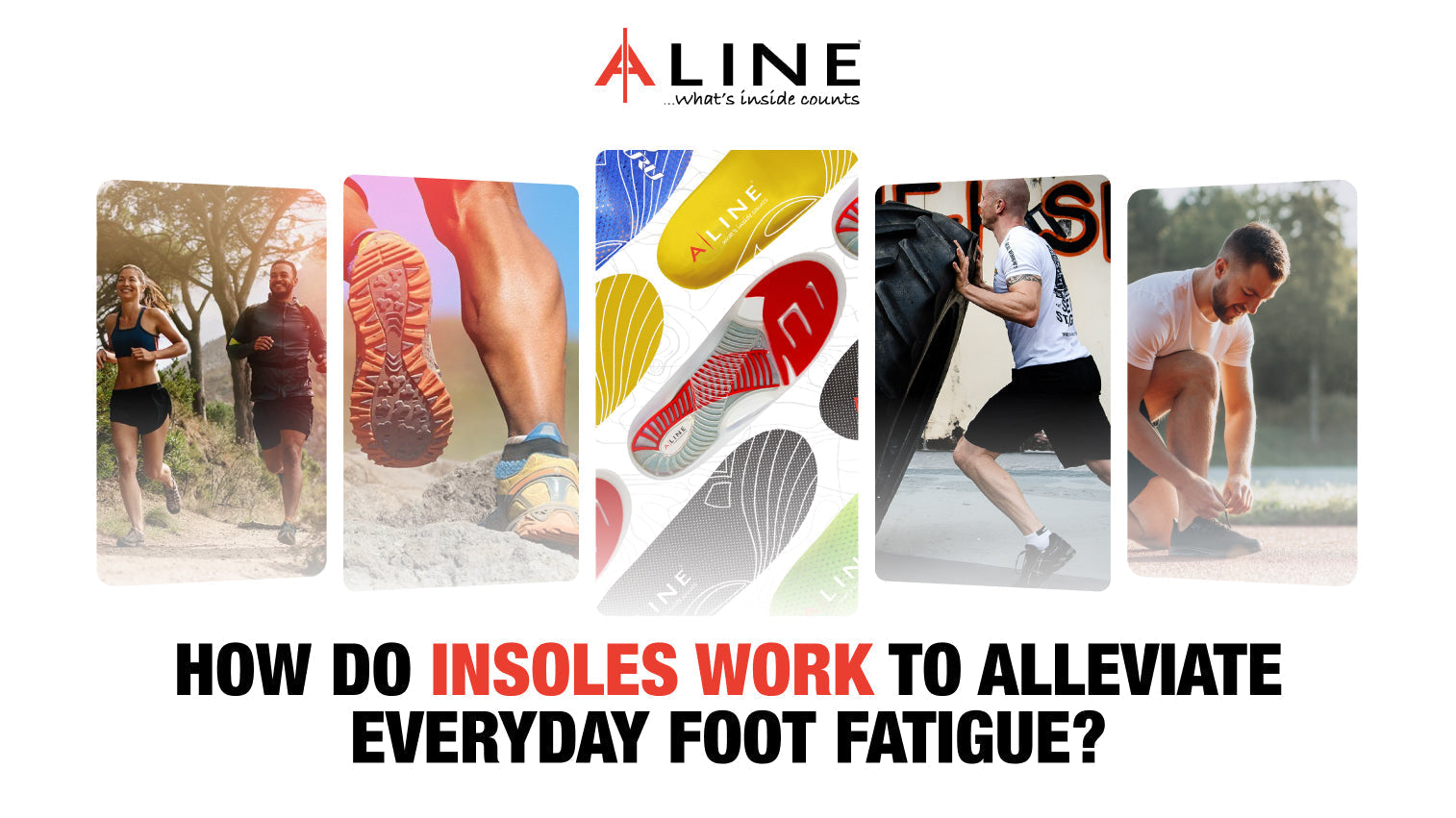How to Choose the Right Insoles: A Complete Guide
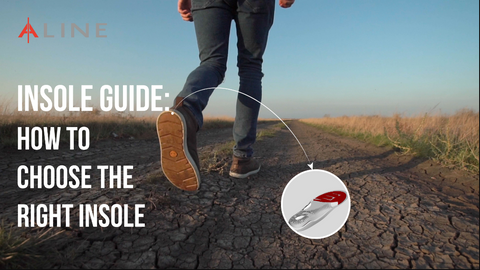
Insoles are a versatile solution to improve comfort, support, and overall foot health, but choosing the right ones involves understanding your specific needs and the options available. Here’s a comprehensive guide to help you navigate the world of insoles effectively.
What Are Insoles?
Insoles, also known as shoe inserts or footbeds, are removable inserts that fit inside shoes to provide additional support, cushioning, or alignment.
They serve several purposes, including improving comfort, enhancing shoe fit, and addressing various foot conditions. Insoles can be made from different materials such as foam, gel, or custom orthotics, each offering unique benefits depending on individual needs.
Are Insoles the Same As Orthotics?
While the terms "insoles" and "orthotics" are often used interchangeably, there is a distinction. Insoles generally refer to any insert placed inside a shoe for added comfort or support. They are available over the counter and cater to general foot comfort needs.
On the other hand, orthotics are prescribed by healthcare professionals to address specific foot issues or conditions like plantar fasciitis, overpronation, or structural abnormalities. Orthotics are custom-made to fit the unique contours of an individual's feet, aiming to correct biomechanical imbalances and provide therapeutic benefits.
Common Reasons to Buy Insoles
People purchase insoles for various reasons, primarily to improve comfort, manage foot conditions, or enhance shoe performance.
If you experience discomfort or pain while standing, walking, or running, insoles can provide relief by redistributing pressure, cushioning impact, and improving foot alignment. Insoles also help in adjusting shoe fit, especially when shoes are too loose or lack adequate support for your arch type.
What Shoe Insole is Best for Me?

Choosing the right insole depends on several factors, including your foot type, any existing foot conditions, and the intended use:
Arch Support
Determine your arch type—low, medium, or high arches. Orthotic arch supports are recommended for flat feet or high arches, offering structured support to improve alignment and reduce strain.
Cushioning
If you need additional cushioning for comfort, opt for insoles with extra padding or gel inserts that absorb impact and provide a plush feel underfoot.
Activity-Specific
Consider the activities you engage in regularly. For running or walking, choose high-performance insoles designed to absorb shock and enhance energy return. If you stand for extended periods, anti-fatigue insoles with thick cushioning can alleviate discomfort and prevent foot fatigue.
Foot Condition
Address specific issues such as plantar fasciitis or overpronation with specialized insoles designed to alleviate symptoms and promote healing. These insoles typically feature targeted support and cushioning in key areas to provide relief and improve foot function.
Top Things to Keep in Mind When Buying a New Insole
When shopping for insoles, consider the following factors to ensure you find the right pair for your needs:
Fit and Compatibility
Choose insoles that fit comfortably inside your shoes without crowding or slipping. Check if they are compatible with the specific shoe type you intend to use them in—whether casual shoes, athletic sneakers, or work boots.
Material and Durability
Evaluate the material of the insoles for durability, comfort, and breathability. Foam insoles offer lightweight cushioning, while gel inserts provide superior shock absorption. Custom orthotics offer tailored support but may come at a higher cost.
Support and Alignment
Look for insoles that offer adequate support for your arch type and promote proper foot alignment. This helps distribute pressure evenly across the foot and reduces strain on muscles and joints.
Budget and Value
Consider your budget when choosing insoles. While custom orthotics can be pricey, over-the-counter options are available at varying price points, offering effective solutions for different foot conditions and comfort needs.
Common Reasons for Buying an Insole & Recommended Products

Insoles address a range of common foot issues and conditions, each requiring specific features for optimal relief and support:
Plantar Fasciitis & Arch Pain
Orthotic arch supports with deep heel cups and firm arch support help alleviate pain and promote healing by stabilizing the foot and reducing tension on the plantar fascia. People experiencing pain from plantar fasciitis need an insole that provides arch support and alignment. That's why we created the Aline Plantar Fasciitis insole, the world's most advanced insole.
Over-Pronation
Motion control insoles feature reinforced arch support and medial posting to correct over-pronation, improving foot alignment and preventing injuries.
Standing All Day
Anti-fatigue insoles with thick cushioning and shock-absorbing properties provide long-lasting comfort and reduce strain during prolonged standing or walking. The ALINE Insole is engineered to boost comfort, improve alignment, and deliver responsive arch support for all physical activities
Supination
Cushioned arch supports with soft padding and flexible arch support caters to high arches, offering comfort and shock absorption to prevent foot fatigue and discomfort. If you're experiencing pain from supination, you need an insole that provides arch support and alignment. That's why we created the ALINE Supination Insole — our patented design keeps feet balanced with every step
Running, Walking, & Shin Splints
High-performance insoles designed for athletic activities feature advanced cushioning materials like EVA foam or gel to enhance comfort, absorb impact, and improve energy return, reducing the risk of shin splints and enhancing overall performance. Whether running, walking, or standing all day, ALINE Insoles will keep you comfortable and supported for pain-free movement.
An Overview of the Different Insole Footbed Types
Insoles come in various types to cater to different needs and preferences:
- Orthotic Arch Supports: Provide structured support for different arch types, helping improve foot alignment and reduce strain on the feet, ankles, and knees.
- Cushioned Arch Supports: Additional padding and shock absorption are ideal for individuals seeking enhanced comfort and cushioning during daily activities.
- Flat Cushions/Replacement Insoles: Basic inserts that provide minimal cushioning and support, suitable for adding a layer of comfort to casual or dress shoes.
Final Words
Choosing the right insoles involves assessing your foot type, specific needs, and the level of support or cushioning required. Whether keeping your foot condition better, enhancing comfort, or improving your athletic performance, selecting the appropriate insoles can significantly impact your overall foot health and well-being.











